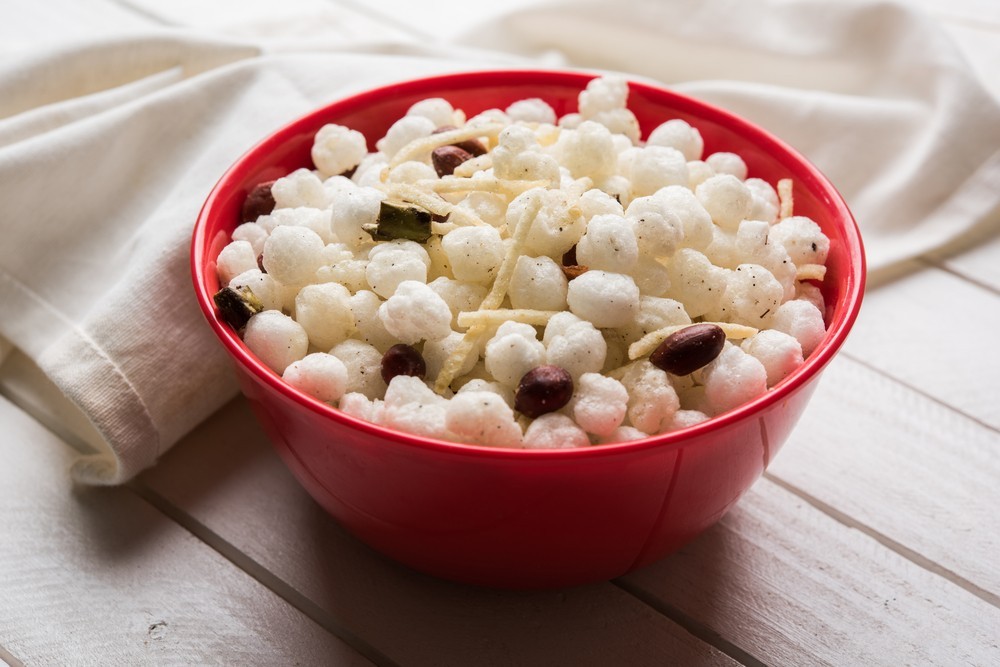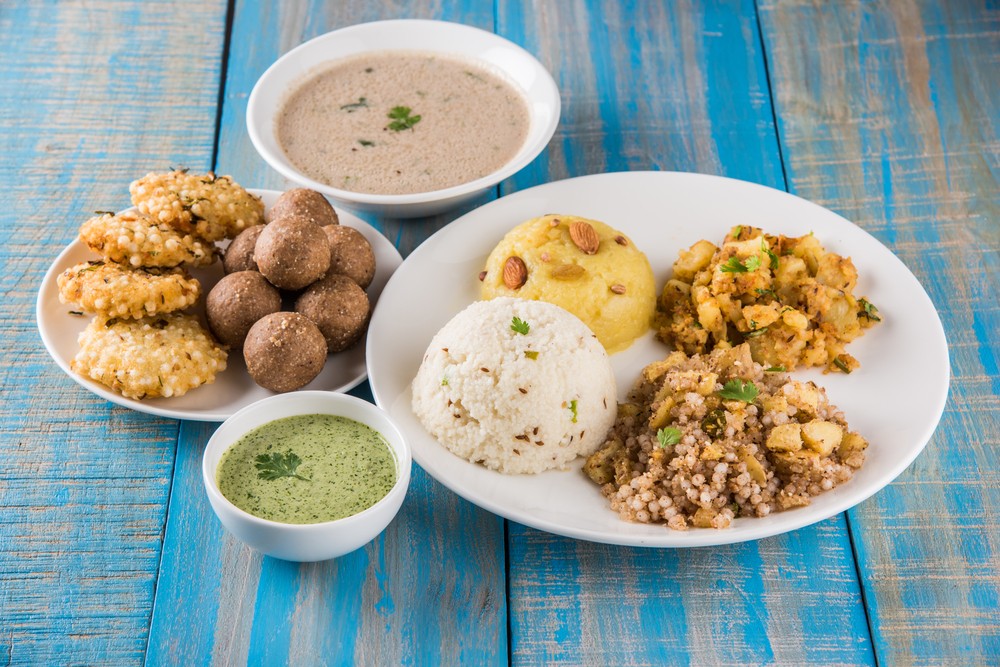Nine days of ultimate detox with Sattvik diet
With Navratri around the corner people throughout the country get into the groove of celebrating the nine scared days. Nava (nine) ratri (night) marks the arrival of a new season. It occurs four times in a year marking the arrival of each season out of which the most celebrated one is Sharada Navratri which means autumn and it takes place typically after or during autumn harvest (September-October).
According to the religious rituals fasting during Navratri evokes the power of Shakti (divine energy) in your body. But from a scientific point of view our bodies become more vulnerable to diseases as the seasons change and a good diet is essential to boost our immune system. Hence the ancient Indians ushered in the new seasons with sattvik diet to allow your body to get used to the change.
Sattvik diet is considered extremely healthy. It gives you an opportunity to take a break from high calorie, high fat delicacies that can shoot up your glucose level. It constitutes of ingredients recommended by modern dieticians and nutritionists. Most ingredients are gluten free, packed with fiber, antioxidants and is diabetic friendly.
Here are the sattvik ingredients you can consume during Navratri:
- Quinoa
- Buckwheat (kuttu)
- Barnyard millet (sama rice)
- Water chestnut (singhara)
- Amaranth seeds (rajgira)
- Potatoes
- Pumpkin
- Sweet potato
- Bottle gourd
- Cumin
- Black pepper
- Rock salt
- Pink salt
- Green cardamom
- Ginger
- Cucumber
- Green chillies
- Lemon
- Mint leaves
- Curry leaves
- Milk and milk products (paneer, curd, ghee, khoya)
- Brown sugar
- Honey
- Jaggery
- Coconut
- Groundnut oil
- Dry fruits
- All fruits
- Sago seeds (sabudana)
- Makhana

Navratri-friendly dishes that will help boost your immunity:
- Quinoa – One of the popular health food around the world. It is high in protein and has sufficient amount of essential amino acids although it is high in carbohydrates. It improves overall health, metabolism, blood sugar and cholesterol levels.
Navratri friendly dishes:
- Quinoa with coconut stew
- Quinoa poha
- Quinoa porridge with pumpkin and spinach
- Buckwheat Flour (Kuttu ka atta) – It is gluten-free, has a good source of fiber, contains high quality protein and rich in minerals. It is good for your colon, improves blood sugar and promotes healthy heart.
Navratri-friendly dishes:
- Kuttu paratha with cucumber mint raita
- Kuttu upma
- Kuttu crepe with apple filling
- Kuttu dosa with coriander chutney
- Kuttu pancakes with honey
- Water chestnut (Singhara) – It is a delicious aquatic tuber vegetables found around September-October. They are very nutritious and low in calorie, has high amount of antioxidants. It is very versatile and can be consumed raw, boiled, grilled and candied.
Navratri friendly dishes:
- Singhara halwa (you may use jaggery instead of sugar)
- Singhara paratha with lauki (bottle gourd) kheer
- Singhara tikki with curd or coriander chutney
- Amaranth seeds (Rajgira) – It is a good source of calcium, protein and amino acids. High in iron, minerals and it is the only grain which contains vitamin C. It reduces the risk of osteoporosis.
Navratri-friendly dishes:
- Rajgira porridge with milk
- Rajgira paratha with masala dahi
- Rajgira ki kheer
- Rajgira cookies
- Rajgira pudding
- Rajgira leaves stir fried
- Fox nuts (Makhana) – They are low in calories, fat and sodium. It has high calcium content which is good for teeth and bones. It also has astringent properties which is good for kidney ailment. It is rich in fiber and aids in constipation problems and helps get rid of insomnia. Makhana is a super snack that is healthy which makes you feel full so further cravings of binge eating is reduced.
Navratri-friendly dishes:
- Makhana kheer
- Roasted makhana with black pepper and sea salt
- Makhana aloo tikki with coriander
- Barnyard millet (Sama rice) – A popular substitute for rice during fasting. Barnyard millet is low in calories, rich in fiber, rich in iron, low in carbohydrate content, high level of calcium content and a good source of protein. It controls blood sugar level and improves digestion.
Navratri-friendly dishes:
- Sama pulao with cucumber raita
- Sama rice dhokla with coconut chutney
- Sama rice ki tikki with coriander chutney
- Sama curd rice
Additional important things to keep in mind are – eat in moderation throughout the day do not starve yourself. Keep yourself hydrated; sipping on fluids throughout the day will prevent dehydration.








